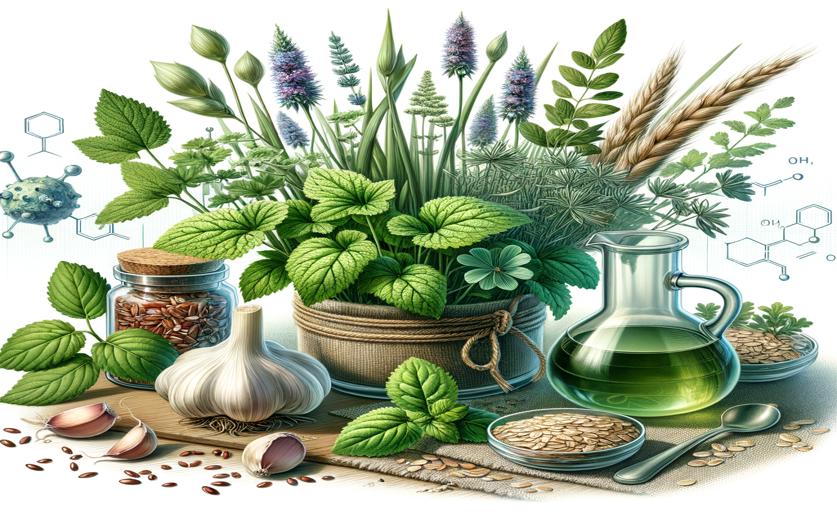
How Herbs Help Treat High Cholesterol: A Molecular Study
Jenn Hoskins
17th August, 2024

Image Source: Natural Science News, 2024
Key Findings
- Researchers at Linyi University analyzed 103 prescriptions with 146 herbs used to treat hyperlipidemia
- They identified a core prescription of five herbs that target 512 hyperlipidemia-related proteins
- Seven key proteins were found to be critical in treating hyperlipidemia, potentially also impacting cancer therapy
References
Main Study
1) Exploring the Molecular Mechanisms of Herbs in the Treatment of Hyperlipidemia Based on Network Pharmacology and Molecular Docking.
Published 16th August, 2024
https://doi.org/10.1089/jmf.2024.k.0098
Related Studies
2) Pharmacodynamic substances in Salvia miltiorrhiza for prevention and treatment of hyperlipidemia and coronary heart disease based on lipidomics technology and network pharmacology analysis.
3) The prevalence, awareness, treatment and control of dyslipidemia among adults in China.
4) Study on urine metabolic profiling and pathogenesis of hyperlipidemia.



 19th July, 2024 | Jenn Hoskins
19th July, 2024 | Jenn Hoskins